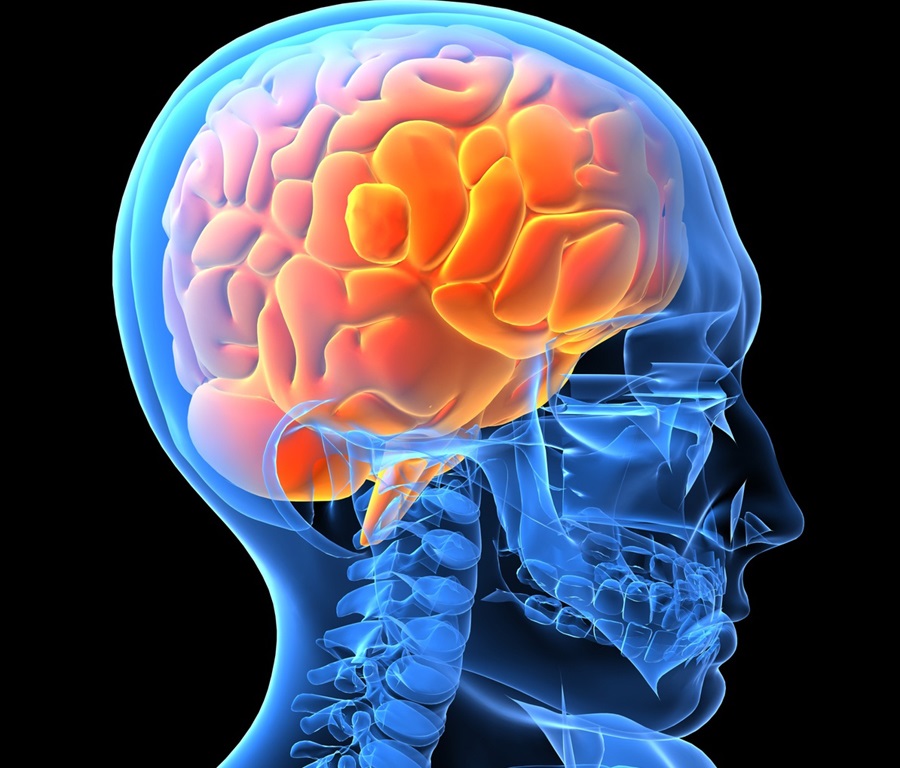
- The scientists — who bring varied skills to the table, including mathematical modeling and psychiatry — believe they have cracked how long-term memories are made, stored and retrieved and how to replicate this process in brains that are damaged, particularly by stroke or localized injury.
- Here’s how it works: they record a memory being made, in an undamaged area of the brain, then use that data to predict what a damaged area “downstream” should be doing. Electrodes are then used to stimulate the damaged area to replicate the action of the undamaged cells.
- The team’s experiments on rats and monkeys have shown that certain brain functions can be replaced with signals via electrodes, and much of the work that remains now is in shrinking down the electronics. They expect to be implanting devices into human patients within 10 years.